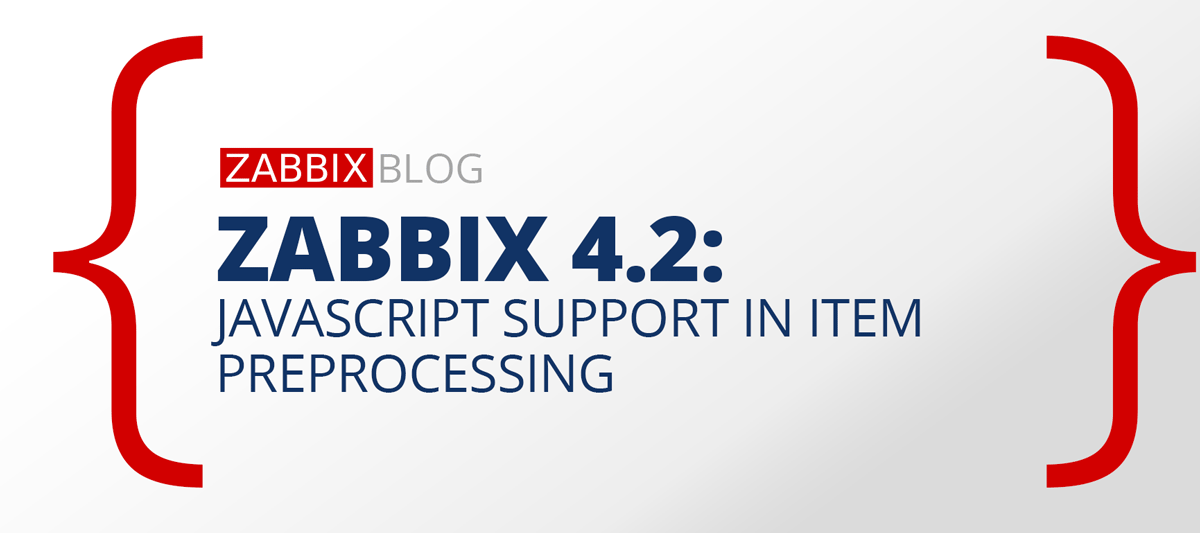There’s always the open and true spirit around each open source community. The same goes for the Zabbix community – it is generously sharing knowledge and helping other members become smarter and more advanced.


There’s always the open and true spirit around each open source community. The same goes for the Zabbix community – it is generously sharing knowledge and helping other members become smarter and more advanced.

The new whitelist and blacklist functionality in Zabbix 5.0 may help to secure your environment. Learn how and why using this functionality in the following blog post.

Opensource ICT Solutions designed a Python and Bash script for Zabbix that makes it possible parse SNMP traps to Zabbix without the use of net-snmp-perl. Read more and learn how to set up the scripts in this post.

Have you ever wanted to automatically discover and monitor all your listening TCP ports for one machine? In this blog post, we will teach you another simple way to do it.

It’s easy to miss critical messages when you get tons of them every day from various platforms. The out-of-the-box Zabbix monitoring and alerting functionality makes it possible to focus on the most important alerts. Learn the best practices on how to set and use Zabbix notifications.

One of the most technically experienced Zabbix trainers – Dmitry Lamberts reveals his five important improvements that were included in Zabbix 5.0 LTS release. Read the recap from Zabbix Online Meetup in English where Dmitry shared his advice on new features.

Now, at the end of the year, when it’s time to sum up the results, we want to step back and recap the things done, to celebrate the achievements, and thank everyone who shared 2019 with Zabbix.

With item pre-processing added to LLD workflow and new javascript pre-processing step, it’s possible to monitor a directory for its file changes.

Understanding website performance and Apache uptime should begin with external monitoring, i.e. Zabbix, which allows you to discover problems from a user’s perspective. Such problems involve:

With new preprocessing steps added to Zabbix in nearly every release, it became obvious that it’s impossible to predict every business case, so we had to come up with a universal solution. This, in turn, raised an important question – which embedded scripting language/engine to use.

Let’s continue to cover the innovations of Zabbix 3.4, shall we? This time, we’re going to talk about the use of macros in update intervals and other time periods.